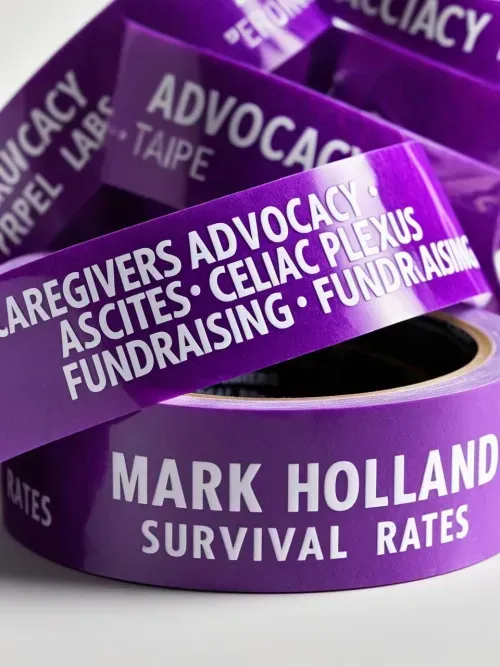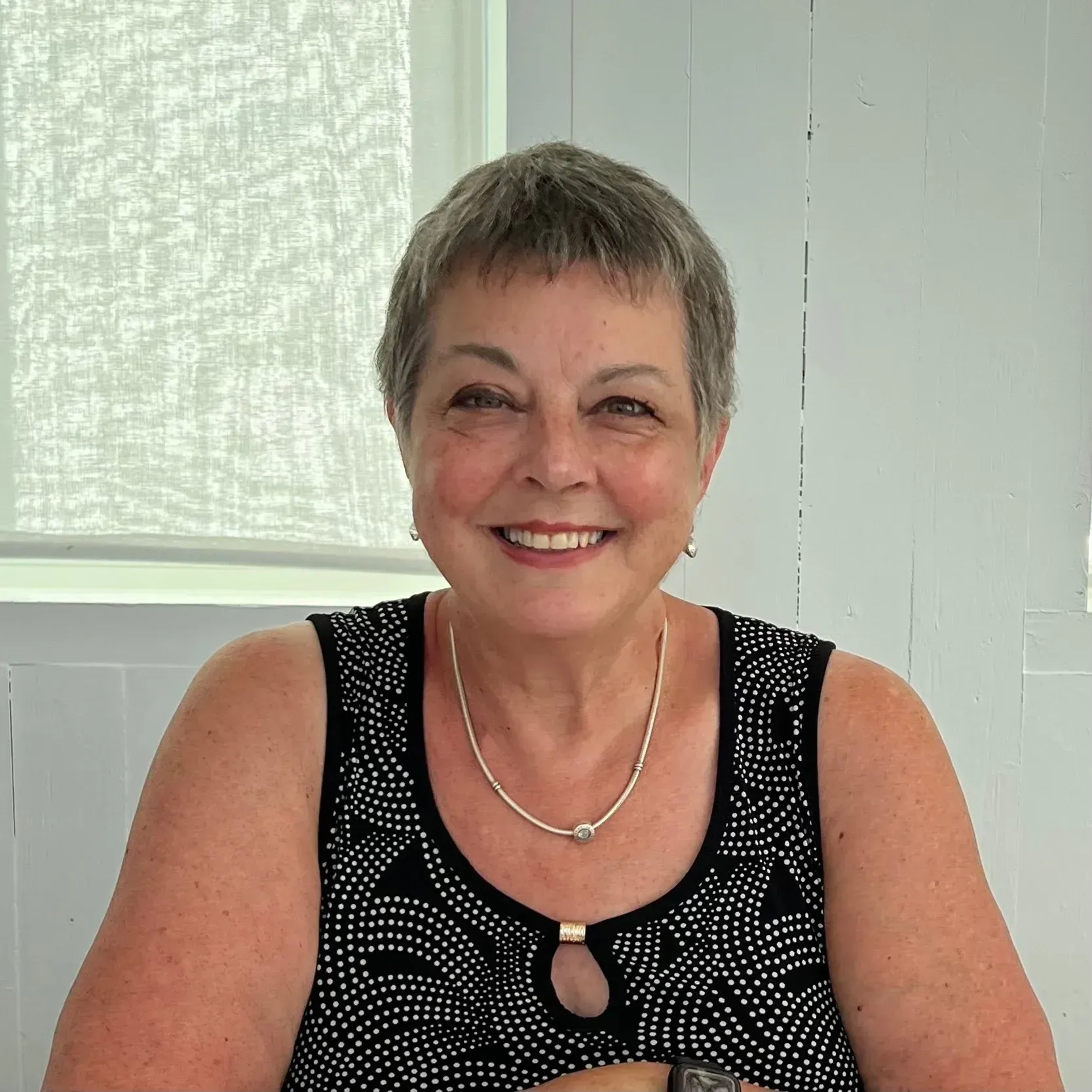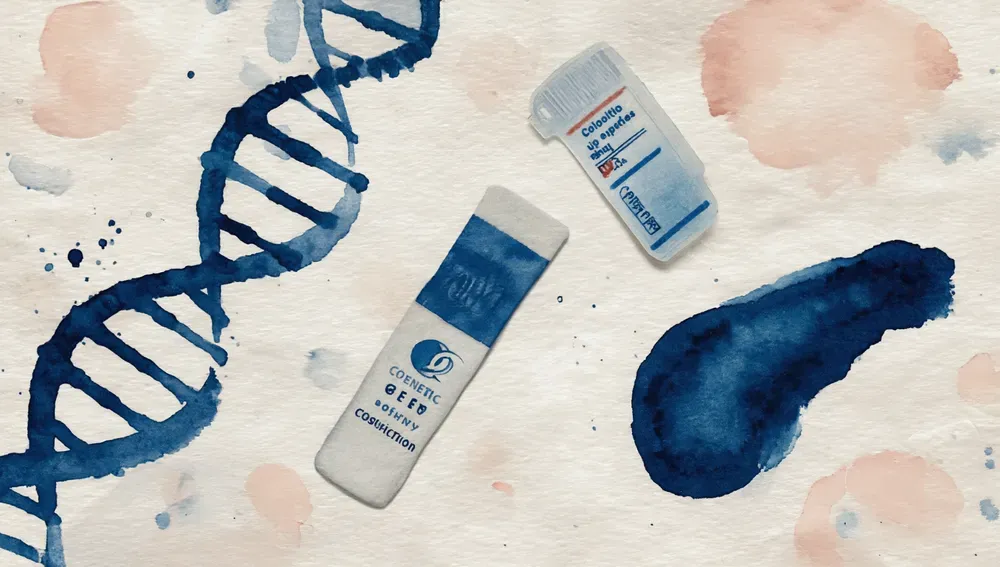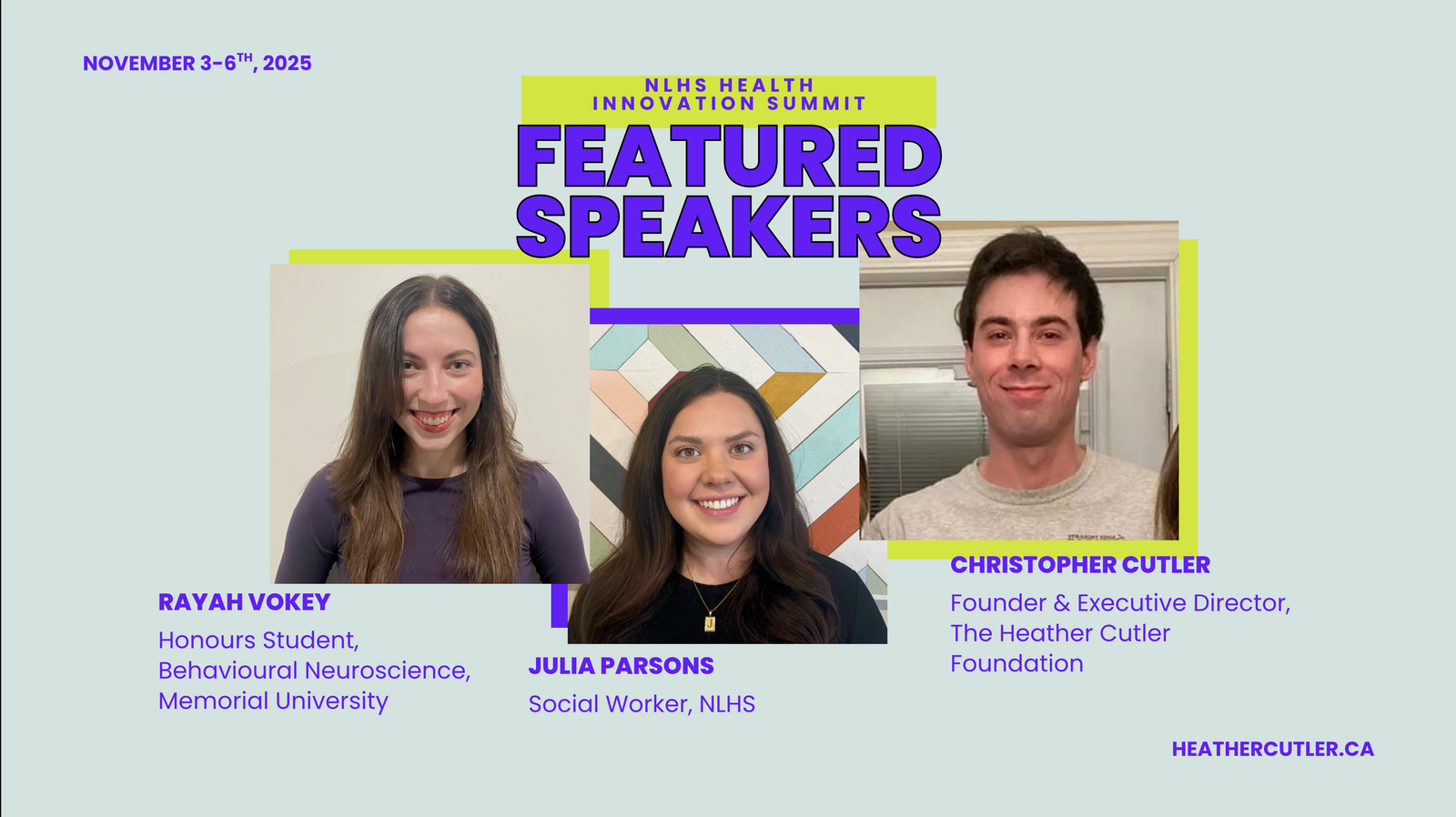Using Gentle Electric Fields to Fight Pancreatic Cancer: What the PANOVA-3 Study Found
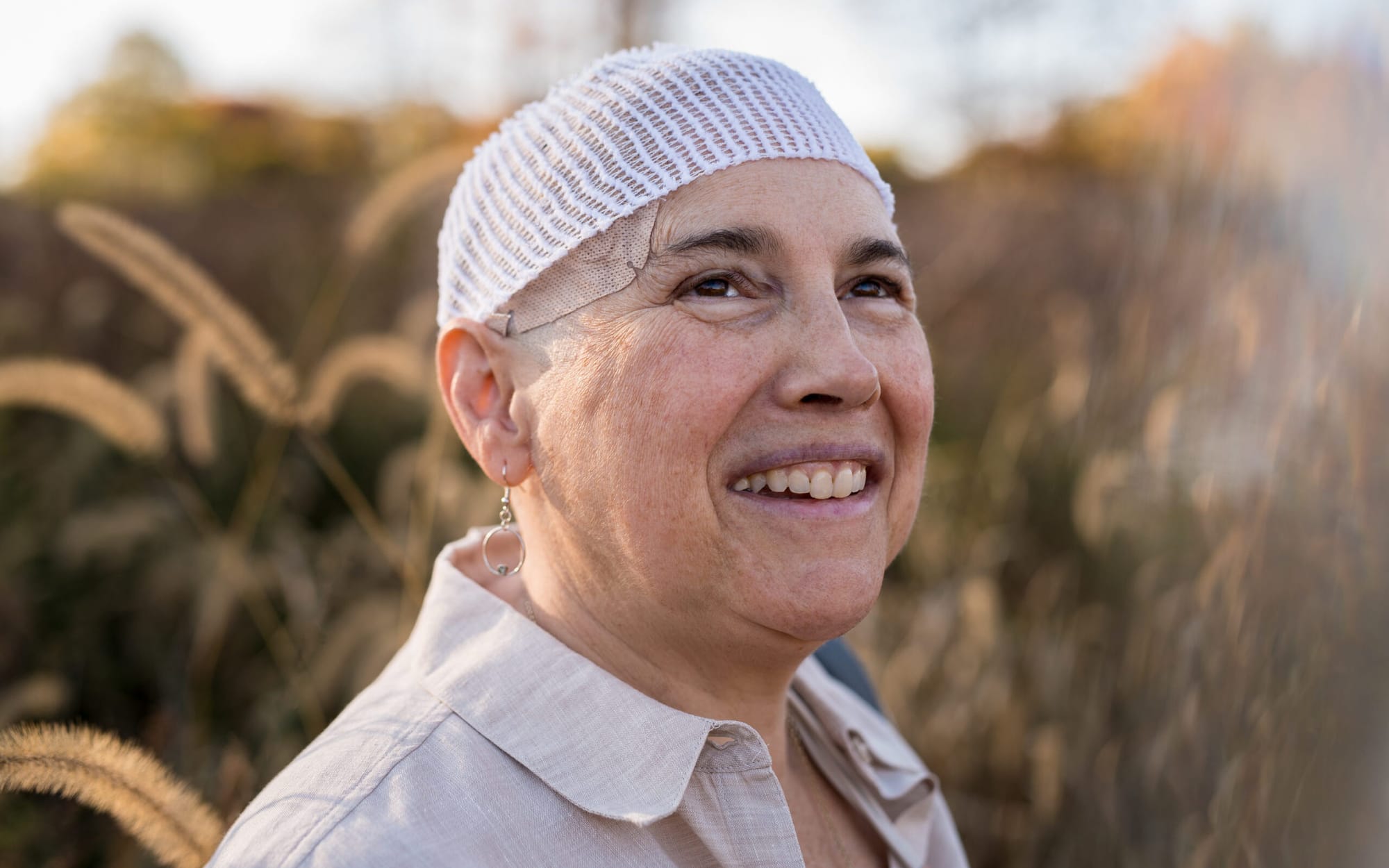
In late May, a company called Novocure announced the final results from a major international study. The study tested a treatment called Tumor Treating Fields—or TTFields for short. It was used in people who have locally advanced pancreatic cancer, which means the cancer hasn’t spread far in the body but also can’t be removed by surgery.
TTFields isn’t a drug or a surgery. It’s a medical device worn on the outside of the body—like a set of patches or pads placed across the stomach. The device sends low-level electrical signals through the skin. These signals don’t hurt, but they’re designed to make it harder for cancer cells to grow and divide. People wear the device for many hours a day, usually while going about their daily routine.
The goal of the study was to see whether this treatment—when used together with chemotherapy—could help people live longer than with chemotherapy alone.
What did they find?
The study followed more than 570 people. Everyone got chemotherapy, but only half used the TTFields device as well.
Here’s what happened:
- People using TTFields lived an average of 16.2 months after starting treatment.
- People who only had chemotherapy lived an average of 14.2 months.
- That’s a difference of about two months.
- TTFields also helped people go longer before their pain got worse.
- Many also said they felt better in areas like digestion, energy, and daily movement.
These results matter because this is the first time a treatment like this—non-invasive, wearable, and drug-free—has shown any benefit in a large study for this kind of pancreatic cancer. It’s not a huge change, but in a cancer that’s very hard to treat, even small gains can mean more time with family or more time feeling well.
What’s next?
The company plans to ask the U.S. Food and Drug Administration (FDA) to approve the treatment later this year. If approved, TTFields could be offered as an extra option for people with locally advanced pancreatic cancer. It wouldn’t replace chemotherapy, but could be added to it.
In the Lab: A New Way to Block Pancreatic Cancer Cells from Surviving
On May 2, researchers at the University of Michigan published a new study that looked at what happens when two important survival systems in pancreatic cancer cells are shut down at the same time.
This wasn’t a treatment tested in people yet—it was done in mice and in lab-grown human cancer cells. But what the scientists found could help shape how future drugs are made. The results showed that when they blocked both of these systems at once, the cancer cells couldn’t keep going. The tumors disappeared in the lab models.
What exactly did they block?
To understand this study, you need to know that cancer cells are very good at staying alive—even in harsh conditions. Pancreatic cancer cells, in particular, are surrounded by a lot of thick scar-like tissue, which means they don’t always get enough blood or nutrients. To survive, they get creative: they recycle old parts of themselves, pull in nutrients from their surroundings, and use backup pathways to grow.
The researchers targeted two of those survival tools:
- A recycling system inside the cell, which depends on something called a “PIKfyve” enzyme. It helps the cell break down and reuse old parts—kind of like a cellular compost bin.
- A growth pathway called KRAS-MAPK, which tells the cell when to grow and divide. This is one of the most well-known pathways involved in cancer, and it’s often active in pancreatic tumors.
When only one of these systems was blocked, the cancer cells adapted and kept growing. But when both were shut down together, the cells ran out of ways to survive. The result: the tumors were eliminated in both mouse models and lab-grown cells.
Why this might matter
This study is still very early. It doesn’t mean a new treatment is ready yet—but it gives researchers a roadmap for what to try next. It shows that instead of targeting just one weakness in pancreatic cancer, we may need to target multiple ones at once.
Most drugs in the past have focused on single targets. But pancreatic cancer is complicated, and the cells often find ways around those treatments. This dual-approach—going after two vital systems at the same time—might help prevent the cancer from adapting.
It also opens up the possibility of developing new drugs that block PIKfyve, which isn’t something most current treatments address.
What’s next?

Before any of this can be tested in people, it will need to go through more safety testing and early-phase clinical trials. But because this research was published in Nature, a major scientific journal, it’s likely to get attention from drug developers.
If this approach can be turned into a real treatment, it might one day be used in people with more advanced forms of pancreatic cancer, where new options are urgently needed.
Looking Ahead
Right now, the TTFields device still needs regulatory approval, and the dual-targeting therapy hasn’t yet entered clinical trials. But the fact that these projects are moving forward at all is a sign of momentum.
And for those who’ve lived through the slow pace of progress in pancreatic cancer, that momentum means something.
If you or a loved one is facing pancreatic cancer, it’s always okay to ask your doctor what’s new, and whether trials or supportive treatments like these might apply to your situation. Research may feel distant, but it’s happening—and some of it is getting closer to care.
We’ll be back next month with more updates. Until then, thank you for reading Heather’s Hope.

